Before we can say goodbye to the garden for the year, it’s time to plan for spring. Whether you experience a sunny winter or a snow-covered one, many seeds don’t mind waiting for winter to pass before making an appearance. Scatter these seeds to plant in the fall for a stunning display of blooms next year.
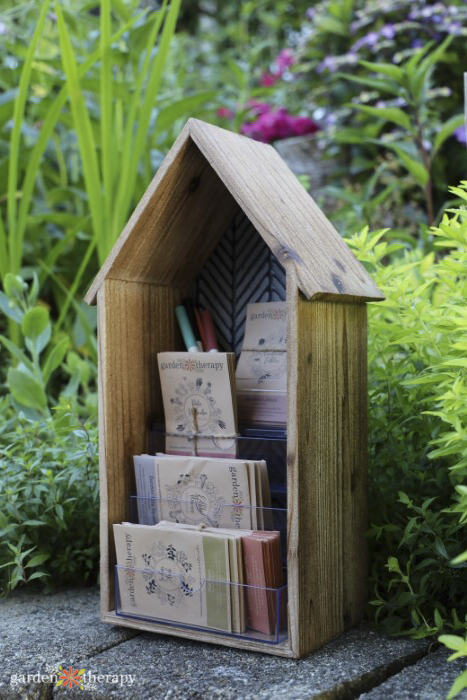
It may feel unnatural to plant seeds in the fall. After all, we’re preparing to put the garden to rest and hoping for a sleepy winter. However, many annuals and perennials also enjoy this cold spell to nestle in the ground for the winter and get a head start next spring.
Just like planting spring bulbs, you can find seeds to plant in the fall to get some extra spring (or summer) blooms. This list covers some flowers to plant in the fall for both warm and cold climates. If you’ve still got the time and energy to do some more gardening, your spring self will forever be grateful!
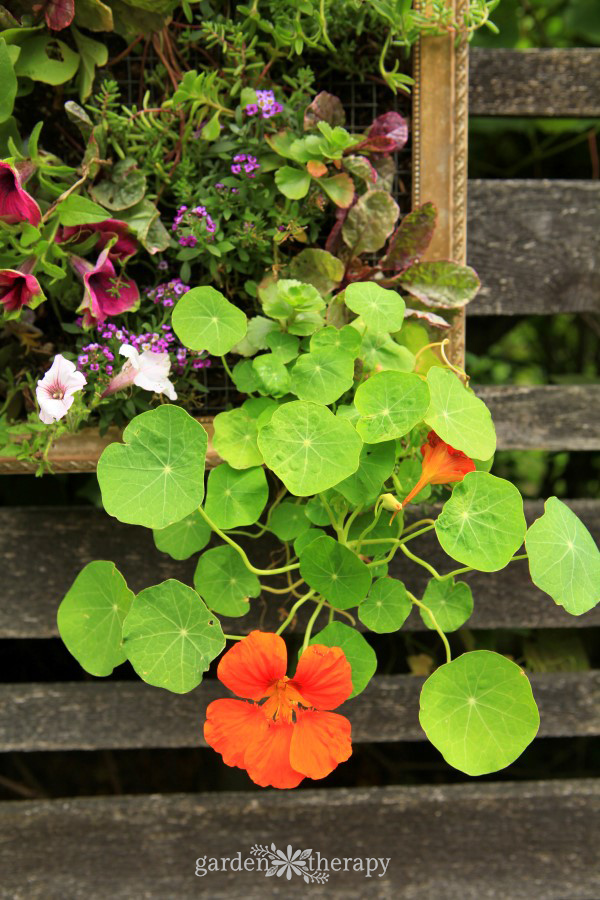
When Should You Plant Fall Seeds
Just like nature, many plants naturally shed their seeds for the fall, survive throughout the winter, and sprout come spring.
The question I always get about plants is when can I plant them? Usually, the answer is going to be something vague like late fall. The reality is that it’s going to be different depending on where you live!
Your best bet is to track frost dates regionally (a local gardening club may be able to help you with that). For fall planting in cold climates, you want to wait until after a killing frost has happened. AKA nothing is growing anymore from the summer season.
If you plant them too early, they may sprout. We want them to hibernate for the winter and emerge come spring. If you notice fall seedlings outside, mulch over them. This will try to prevent them from freezing.
In warm climates, plant your seeds right before the rainy season begins. Depending on where you live, this typically falls between late fall or early winter.
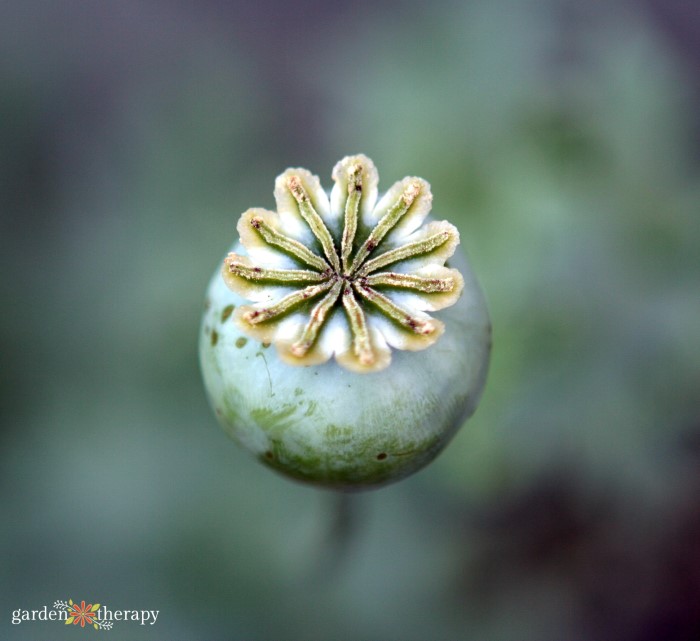
How to Plant Fall Seeds
When planting seeds, your best bet is to always read the label. You may notice that some seeds ask you to cold stratify. This is when seeds require a period of extreme cold in order to sprout. All thanks to a thick coating, their outer shell prevents them from breaking and sprouting early.
You can force cold stratification by using your fridge as it mimics winter conditions. But if it asks for cold stratification, this probably means it can be planted in the fall and naturally get its cold fill during the winter.
To plant your seeds, prepare the bed as you normally would any time of the year. Clear all debris and add in a layer of organic compost to give the seeds their best start next spring. Follow the seed packet for light and soil requirements.
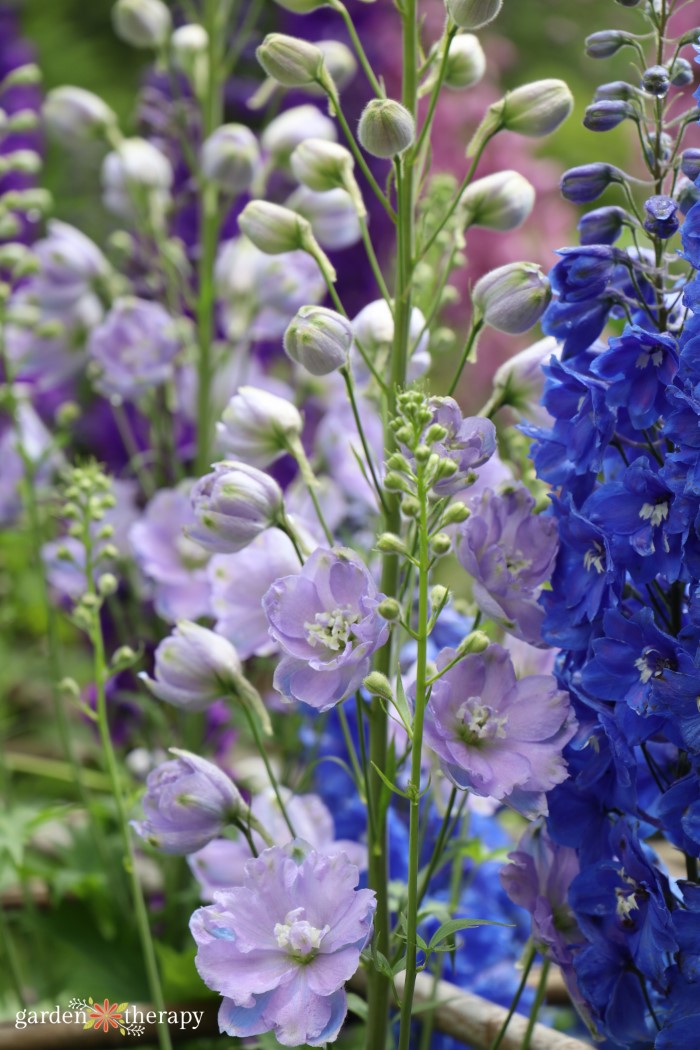
Warm Climate Seeds to Plant in the Fall
For these flowers to plant in fall, no freezing is required. This list is ideal for those living in zones 9-11.
- Morning Glory Ipomoea tricolor — zones 10-11
- Honeywort Cerinthe — zones 9-10
- Calendula Calendula — zones 9-11
- Cosmos — zones 9-10
- Spider Flower Cleome hassleriana — zones 10-11
- Standing Cypress Imopsis rubra — zones 6-10
- Virgina Stocks Mattiola martima — zones 9-11
- Nasturtium Tropaeolum — zones 7-10
- Bells of Ireland Moluccella laevis — zones 2-11
- Sweet Peas Lathyrus odoratus — zones 2-11
- Love-In-A-Mist Nigella damascene — zones 2-11
- Purple Chinese Houses Collinsia heterophylla — zones 2-11
- Baby Blue Eyes Nemophila menziesii — zones 2-11
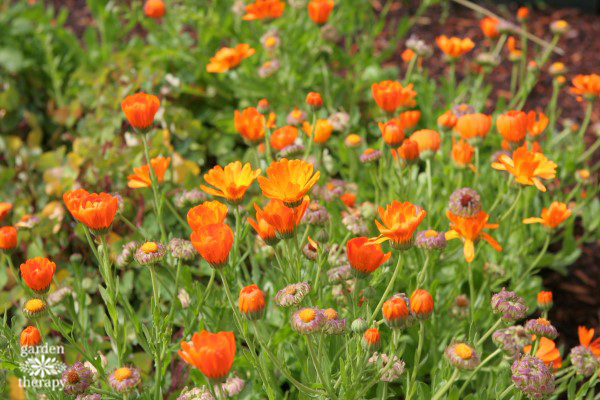
Cool Climate Seeds to Plant in the Fall
This list covers both annuals and perennials to plant in the fall. These seeds either require cold stratification in order to bloom the following spring or they don’t mind the cold. Some will still grow in warmer zones!
- Bells of Ireland Moluccella laevis — zones 2-11
- Cornflower Centaurea cyanus— zones 3-8
- Blanket Flower Gaillardia — zones 3-10
- Poppy Papaveraceae — zones 3-8
- Coneflower Echinacea — zones 3-9
- Columbine Aquilegea — zones 3-9
- Sweet Peas Lathyrus odoratus — zones 2-11
- False Queen Anne’s Lace Ammi majus — zones 3-9
- Foxglove Digitalis — zones 4-8
- Sea Holly Eryngium — zones 4-9
- Tickseed Coreopsis tinctoria — zones 3-9
- Snapdragon Antirrhinum — zones 8-9
- Hollyhock Alcea — zones 3-8
- Black-Eyed Susan Rudbeckia — zones 3-9
- Forget-Me-Not Myosotis — zones 3-8
- Penstemon Penestemon — zones 3-8
- Sweet William Dianthus — zones 3-9
- Ashy Sunflower Helianthus mollis — zones 4-9 (and other perennial sunflowers)
- Pansy Viola — zones 5-10
- Love-In-A-Mist Nigella damascene — zones 2-11
- Delphinium — zones 3-8
- Basket of Gold Alyssum Aurinia saxatilis — zones 3-7
- Chinese Forget-Me-Not Cynoglossum amabile — zones 6-9
- Common Woolly Sunflower Eriophyllum lanatum —zones 5-8
- Lunaria Lunaria annua — zones 5-9
- Bigleaf Lupin Lupinus polyphyllus — zones 3-6
- Veronica Veronica spicata — zones 4-8
- Purple Chinese Houses Collinsia heterophylla — zones 2-11
- Globe Gilia Gilia capitata — zones 7-10
- Baby’s Breath Gypsophila elegans — zones 3-10
- Baby Blue Eyes Nemophila menziesii — zones 2-11
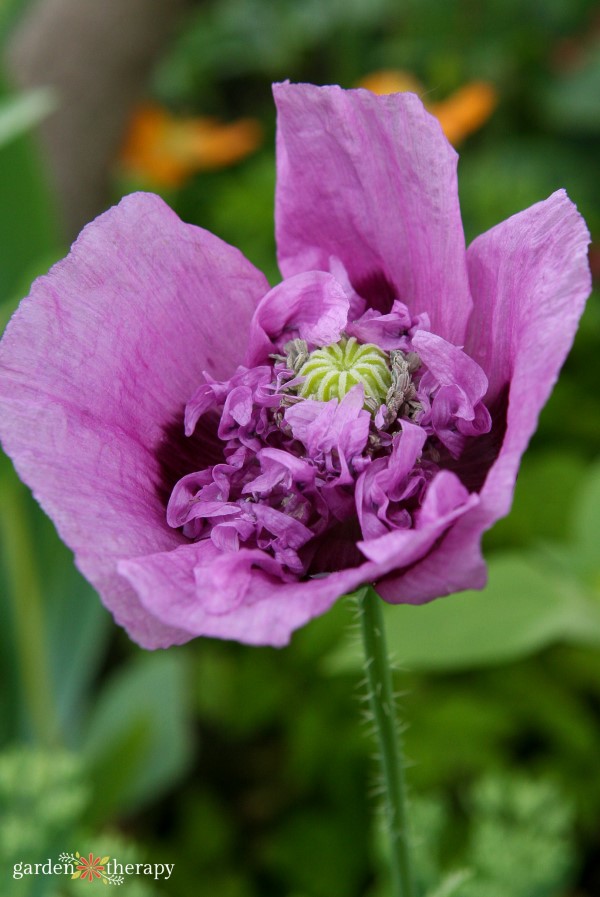
Vegetables to Plant in The Fall
Not interested in flowers? Here’s a little bonus of vegetables you can plant in the fall and enjoy next spring and summer. Might as well get the work in now right!
Onions, Garlic, and Shallots
All part of the allium family, onions, garlic, and shallots are best planted in the fall due to their long growing season. It isn’t until next summer that you will be able to reap the rewards of your fall planting.
Turnips, Carrots, Radishes, and Beets
These root vegetables don’t mind hanging out in the cold. You may see minimal growth, but they will certainly get the head start come spring. You may even notice a sweeter taste.
Lettuce and Leafy Greens
Did you know you can have fresh greens year-round? By using a cold frame or mini-greenhouse, you can grow lettuce outside throughout the winter.
Broccoli and Cauliflower
In mid to warm climates, you can grow both broccoli and cauliflower to harvest next spring.
Peas
Another one for an early spring harvest! Mild climates can grow peas during the colder months as well. Make sure to build a trellis for it to climb on.
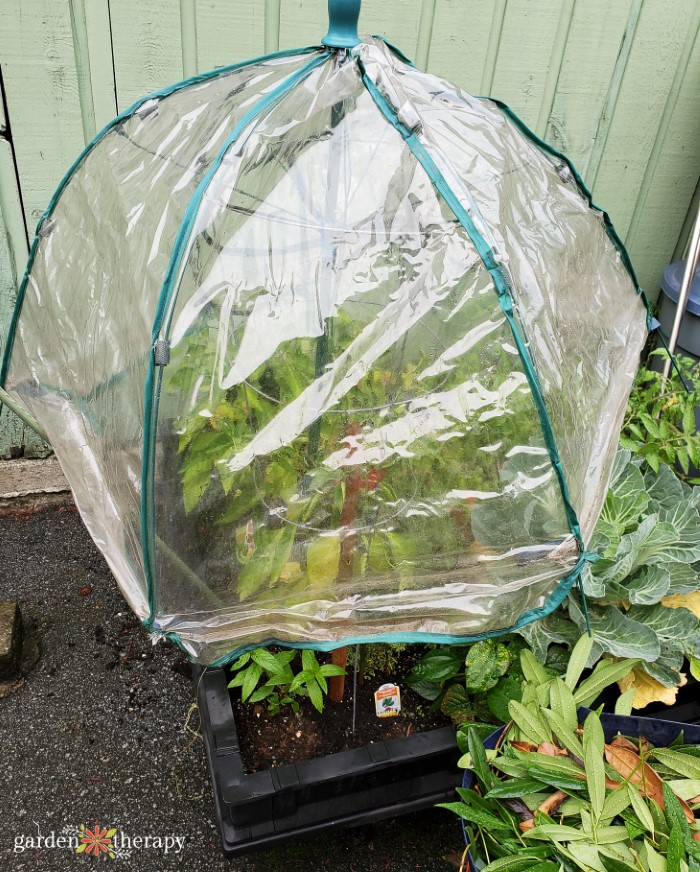
More Posts About Fall Gardening:

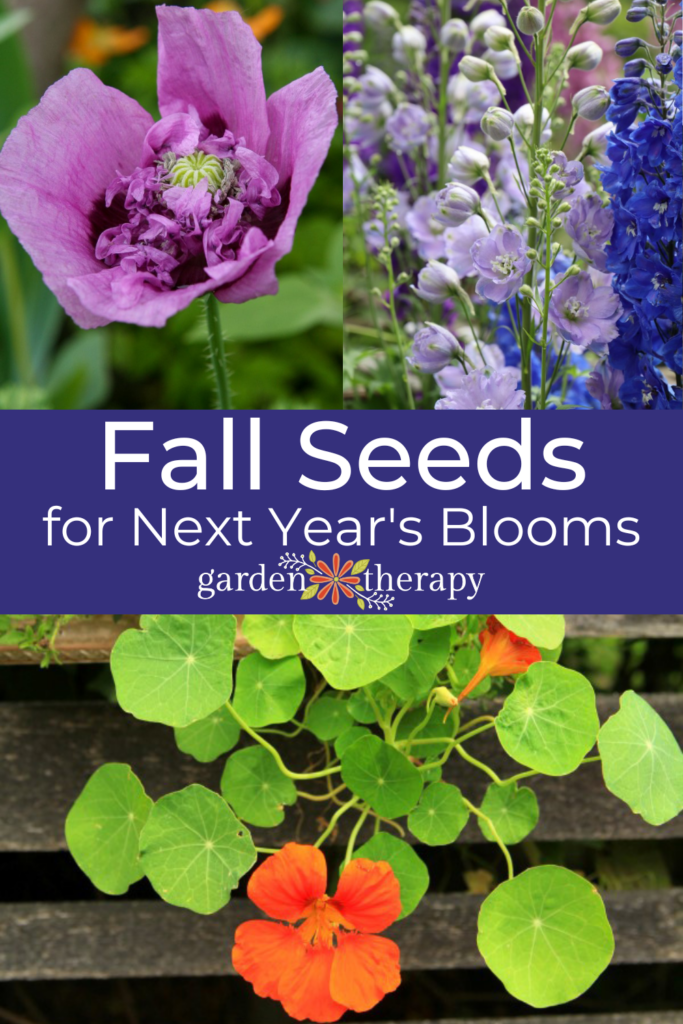



Thanks for the specifics! Everyone says plant in the fall, without explaining the when and why. Appreciate the info!
Potatoes can also be planted in the fall for an earlier harvest!
I am in zone 5. I may be missing something, but it seems most all summer-blooming flowers’ seeds are available for harvest in the early and late fall. They scatter naturally. Wouldn’t all of these seeds be hand-direct sown at the same time that they naturally scatter? Actually, wouldn’t any seed be hand-direct sown at the time that they naturally scatter?
Is there a distinction though for plants that do not naturally reseed?
Thank you.
Great question. Following the path of nature is the best advice. The thing is that naturalized seeds down all grow, so you will have a lot less germination. Seed company instructions on each variety are meant for best success.